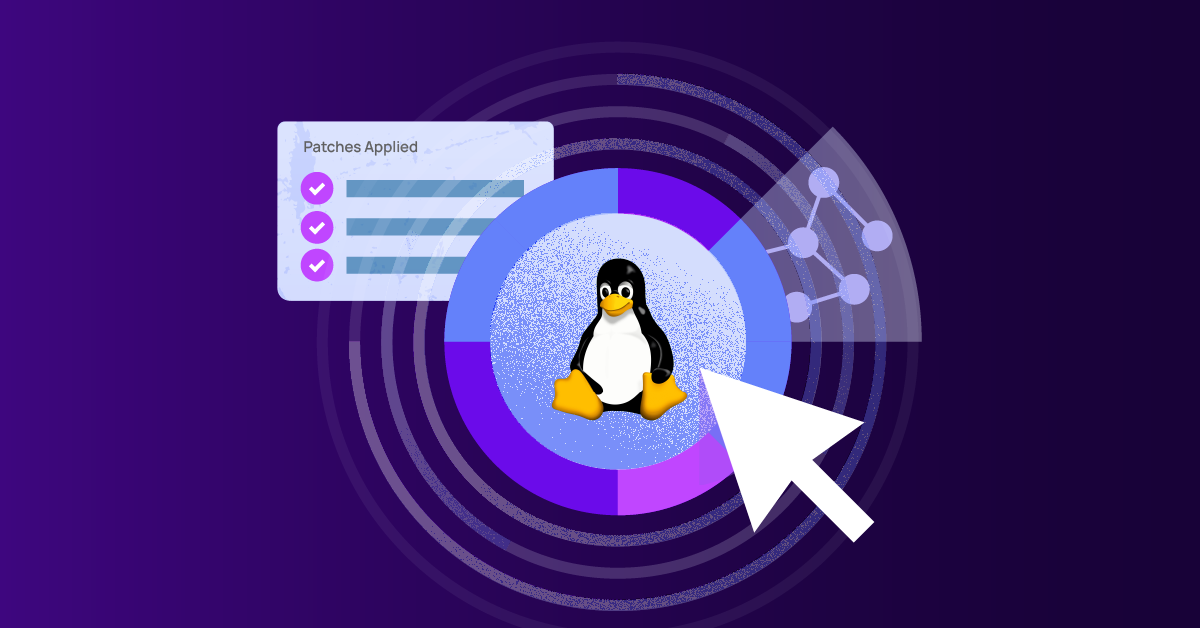Linux Patch Management: The Next Step in Multi-OS Patching from N‑able

For years, N‑able has delivered reliable, comprehensive patch management on N‑central and N‑sight RMM for Windows and Mac environments, helping IT teams stay secure and compliant with confidence. Now, we’re taking patching to the next level. We’re excited to announce the Public Preview of our modernized Multi-OS patching solution, launching first with native Linux support. It is designed to reinvent the patching experience: faster, more intuitive, more reliable, and with remediation dashboards that help technicians act more effectively.
Customers can continue using the patching workflows they already know and trust, but will want to take advantage of this modernized engine for its streamlined experience and expanded capabilities. Linux support is just the beginning with Mac and Windows enhancements coming soon.
Why Multi-OS Modernization Matters
The threat landscape is evolving, and so are the endpoints you manage. Our new patching platform is engineered to:
- Accelerate patching workflows with fewer steps and faster execution.
- Increase reliability through robust automation and rollback capabilities.
- Deliver unified reporting for complete visibility across all supported operating systems.
- Simplify management with intuitive controls and consistent experiences, regardless of OS.
- Identify failed patches through the failure patch summary dashboard.
Linux: The Strategic First Step
Linux patching marks the first step of a major leap forward in patch management for N‑able, as Linux was previously the missing piece in our patching toolkit. Its inclusion sets the stage for a truly unified approach.
With native Linux patching, you can:
- Patch major Linux distributions and track patch status
- Quickly identify and act on failed patches in a new failed patch summary view
- Prioritize patching using built-in Vulnerability Management based on CVSS scores, and classification.
- Control patch execution and scheduling
What’s Coming Next: Mac and Windows
Linux support is just the beginning. We’re delivering a truly unified patch management experience across all major operating systems. Native Mac patching is slated for public preview later in 2025, followed by enhanced Windows patching in 2026. With each new capability, you’ll benefit from faster workflows, greater reliability, and deeper reporting, making it easier than ever to keep every endpoint secure and up to date.
Part of a Growing Solution Set
This new Multi-OS patching capability joins a growing list of innovations across N‑central and N‑sight, including Asset Views, Active Issues View, and Vulnerability Management. Together, these features empower you to manage endpoints smarter, respond to threats faster, and maintain control with confidence, including on Linux devices
Try the Future of Patching Today
Experience the new Multi-OS patching platform now, starting with Linux. There is no need to sign up; beginning in Mid-November 2025 the public preview will be available automatically in your N‑able platform. See for yourself how N‑able helps you patch smarter, manage broader, and lead with control. Stay tuned as we bring the full power of Multi-OS patch management to each and every endpoint you manage.
Want to see Linux Patching in Action? Watch our webinar Introducing Linux Patching for N‑central and N‑sight – for an overview and live demonstration.
Oliver Bengtsson is Product Marketing Manager at N‑able
© N‑able Solutions ULC and N‑able Technologies Ltd. All rights reserved.
This document is provided for informational purposes only and should not be relied upon as legal advice. N‑able makes no warranty, express or implied, or assumes any legal liability or responsibility for the accuracy, completeness, or usefulness of any information contained herein.
The N-ABLE, N-CENTRAL, and other N‑able trademarks and logos are the exclusive property of N‑able Solutions ULC and N‑able Technologies Ltd. and may be common law marks, are registered, or are pending registration with the U.S. Patent and Trademark Office and with other countries. All other trademarks mentioned herein are used for identification purposes only and are trademarks (and may be registered trademarks) of their respective companies.

